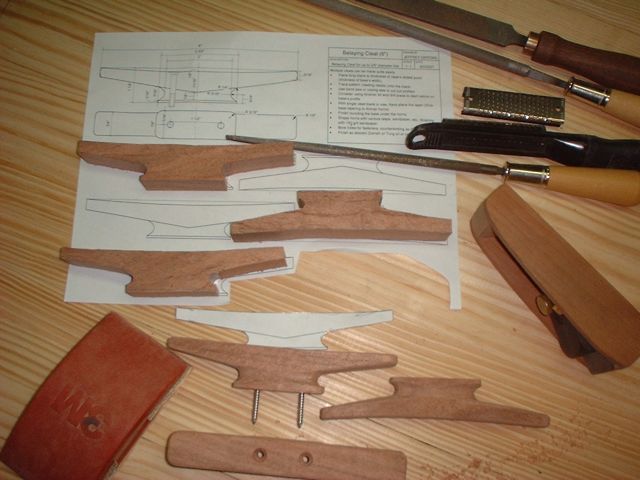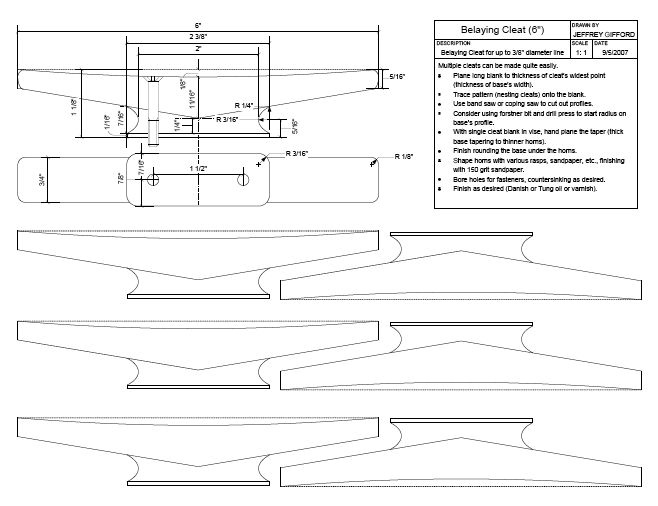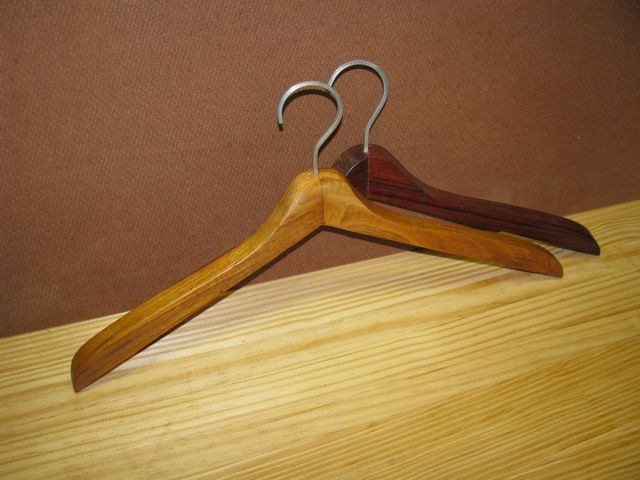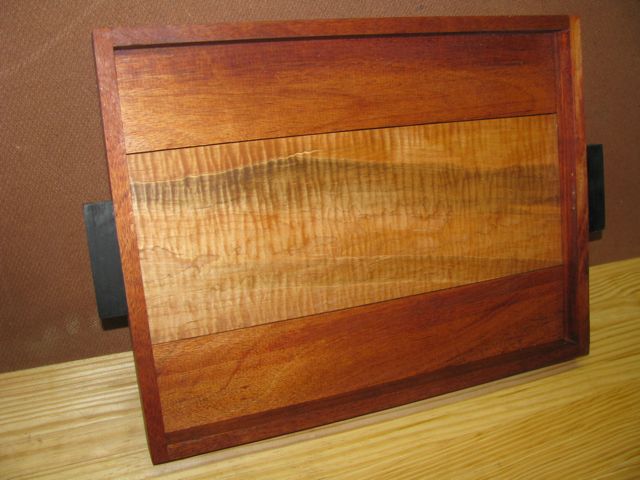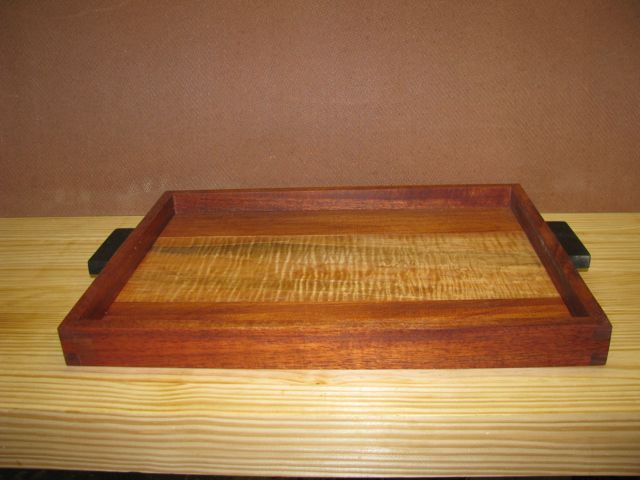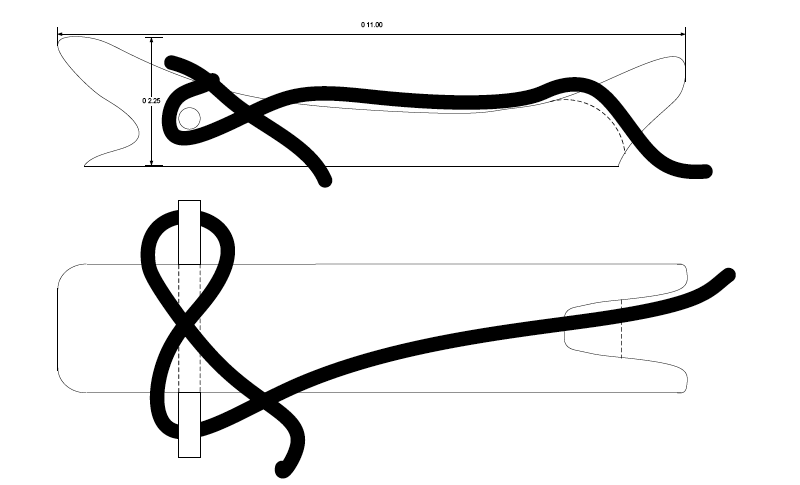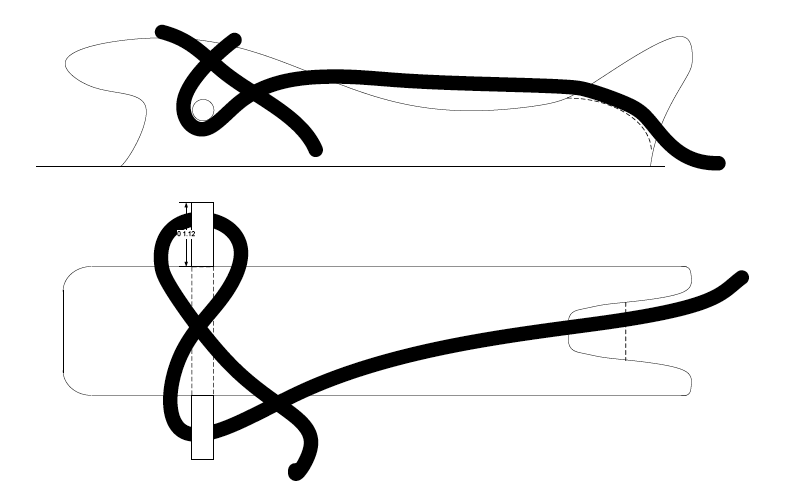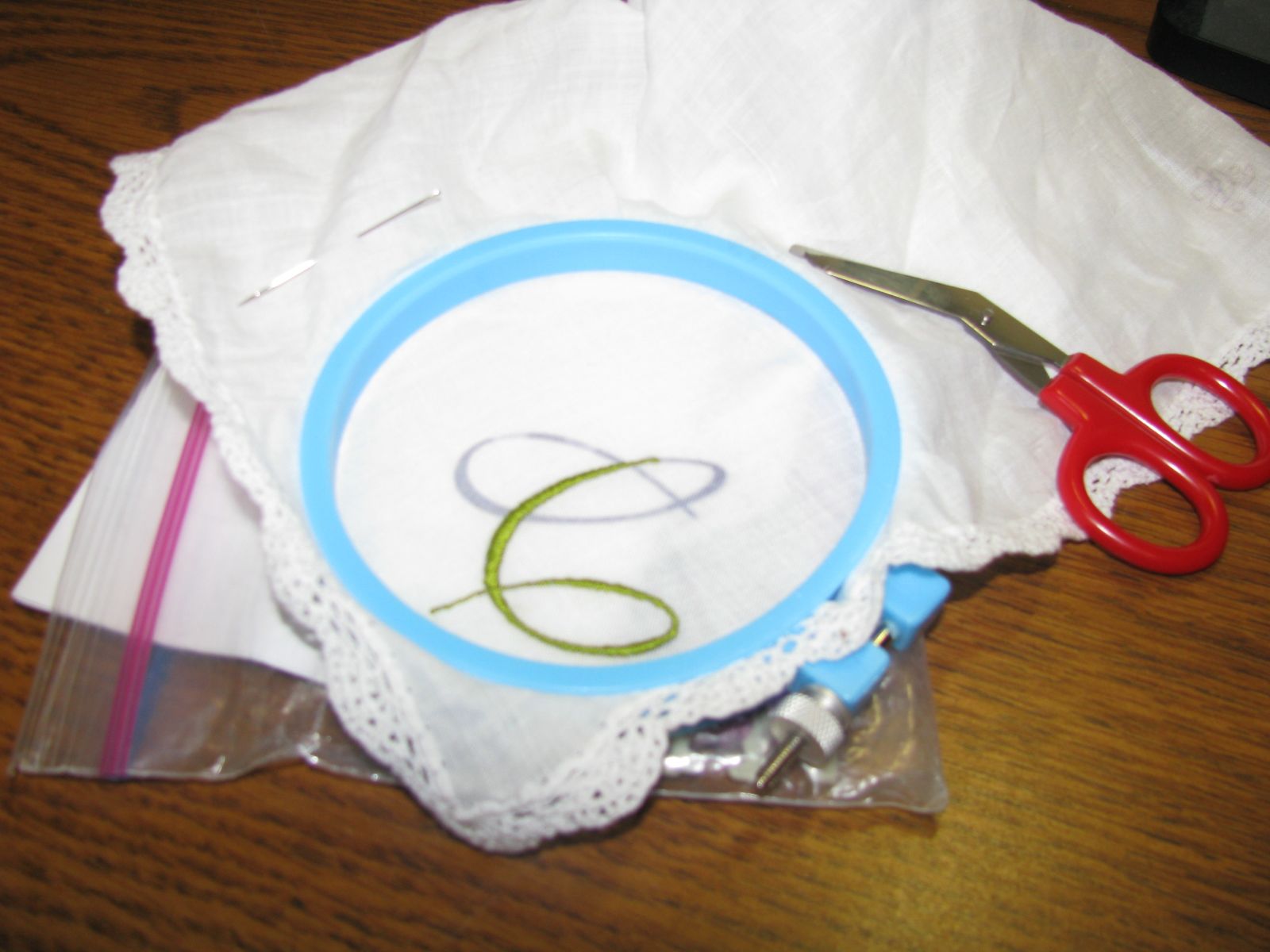
When the sun is shining, Cleveland is a nice place, even today when the high was in the teens and the wind chill was single digits, sometimes on the negative side of zero.
Today's post has a number of pictures of Cleveland in it. They were all taken from the north-east quadrant of Cleveland's Public Square while I was waiting on a 32x to take me home. I was playing with our newish camera, a Canon PowerShot SX100 IS. Even so, I love my city.
There's something special about interacting with a building with a camera. "Hmmm, there's a lamp post in the way. What if I stand on this bench?" Or "Wow! There's a neat angle between those two buildings—what if we try a zoom?"
And most, no, probably all the buildings have something really neat about them. And that's coming from someone who knows (relatively) little about Cleveland. Maybe it is because I've spent the last ten years walking amongst them.
When the Euclid Corridor Project messed up the commute in 2006 (yes, I think it's been that long), we 32x-ers got shuffled around downtown when the routes changed. It turned into a good thing. No longer was I dropped off in front of my building (the old May Company Building); I had to walk.

For example, my morning walk sometimes takes me from in front of the building seen behind the Peace Memorial. It's labeled "Cleveland Public Auditorium" in this picture. I walk past the Peace Memorial and along the side of the Metzenbaum U.S. Courthouse. Sometimes the east side and sometimes the west side. Sometimes I go into the BP Building for coffee and bypass the Soldiers and Sailors Monument. Other times I skip all that and just walk the Square to the May Company building.
Sometimes I just linger in the Square, looking around. The other day, for example, we had a Charlie Brown Christmas snow going on and the Square was just perfectly lit, it was early enough (7am?) that the traffic wasn't terrible and I could just enjoy the scene.
I don't have any 127 Public Square (Key Tower) pictures here, but I can remember a time on the 5xth floor in a training class and taking a recess to watch one of the falcons disembowel a pigeon on the sill. That was a day to remember.
My first experience with a subpoena was in the BP Building, testifying about a situation at a former employer.

My point is that these are like silent old friends. And some aren't so silent. My company has its roots in the Society for Savings building. I have a friend (and co-32x rider) who works in the Metzenbaum U.S. Courthouse. I have a work colleague who drags us out of the office once a year to the Soldiers and Sailors. I sometimes have lunch on its steps. I always look for the May Company building when I watch A Christmas Story because it shows up there in a couple of scenes.
Tower City can be seen in Spider-Man 3, complete with scaffolding. There's a geocache near this famous Charles Brush lamp on the corner.
I used to meet in the Old Stone Church with a bunch of men with the CBMC.
I used to work at 55 Public Square. That was an adventure. My boss would take me to Johnny Q's for my performance review. We'd have root beer floats. Nice. I think I've even passed along the favor a few times.
I have a piece of red granite from the BP Building in my back yard that I scavenged from a scrap pile years ago.
Even when the sun isn't shining, it's still a nice place. Sun helps, though.



